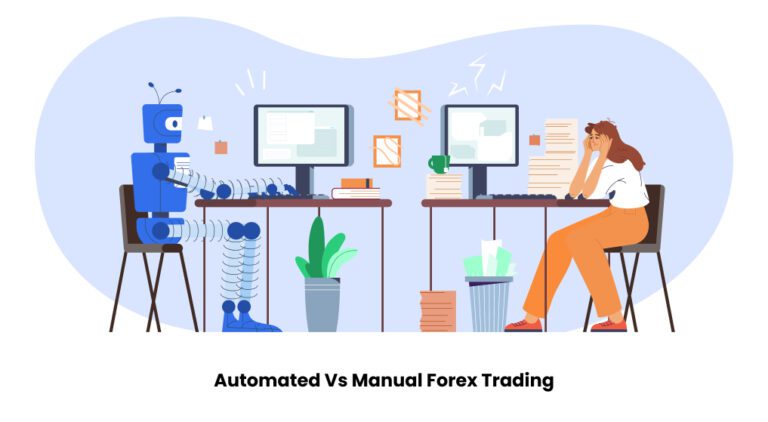- For beginners stepping into the world of forex trading, understanding the nuances of the market can be overwhelming. Among the myriad tools and strategies available to traders, forex signals stand out as valuable indicators of market trends and potential trading opportunities. In this comprehensive guide, we'll delve into the fundamentals of forex signals, exploring what they are, how they work, and how beginners can leverage them to make informed trading decisions.
What are Forex Signals?
- Forex signals are alerts or recommendations generated by professional traders, analysts, or automated systems, indicating potential trading opportunities in the currency market. These signals typically include key information such as currency pairs, entry and exit points, stop-loss and take-profit levels, and the rationale behind the trade idea. By providing timely insights into market movements and trends, forex signals aim to assist traders in making informed decisions and capitalizing on profitable opportunities.

Types of Forex Signals
- Forex signals can be broadly categorized into two main types: manual signals and automated signals.
1. Manual Signals
- Manual signals are generated by experienced traders or analysts who analyze market conditions, technical indicators, and fundamental factors to identify potential trading opportunities. These signals are often disseminated through various channels such as email, SMS, or online platforms, allowing subscribers to replicate the trades based on the provided recommendations.
2. Automated Signals
- automated signals, also known as algorithmic signals or trading robots, are generated by computer algorithms programmed to analyze market data, identify patterns, and execute trades automatically. These algorithms can be based on various trading strategies, including trend-following, breakout, or mean-reversion strategies. Automated signals offer the advantage of speed and efficiency, allowing traders to react quickly to market movements and execute trades without human intervention.

How Do Forex Signals Work?
- Forex signals work by analyzing market data and identifying potential trading opportunities based on predefined criteria or trading strategies. Manual signals are typically generated by experienced traders who rely on their expertise, technical analysis, and market insights to identify profitable trades. These signals are then communicated to subscribers through various channels, allowing them to execute the trades manually.
- On the other hand, automated signals are generated by computer algorithms that analyze market data in real-time and execute trades automatically based on predefined rules or algorithms. These algorithms can be backtested and optimized to ensure robust performance under different market conditions, providing traders with a systematic approach to trading.

Key Takeaways
- 1. Forex signals are alerts or recommendations generated by professional traders, analysts, or automated systems, indicating potential trading opportunities in the currency market.
- 2. Manual signals are generated by experienced traders who analyze market conditions and provide trading recommendations based on their expertise and insights.
- 3. Automated signals are generated by computer algorithms programmed to analyze market data and execute trades automatically based on predefined rules or algorithms.
- 4. By leveraging forex signals, beginners can gain valuable insights into market trends and potential trading opportunities, enabling them to make informed decisions and improve their trading performance.




